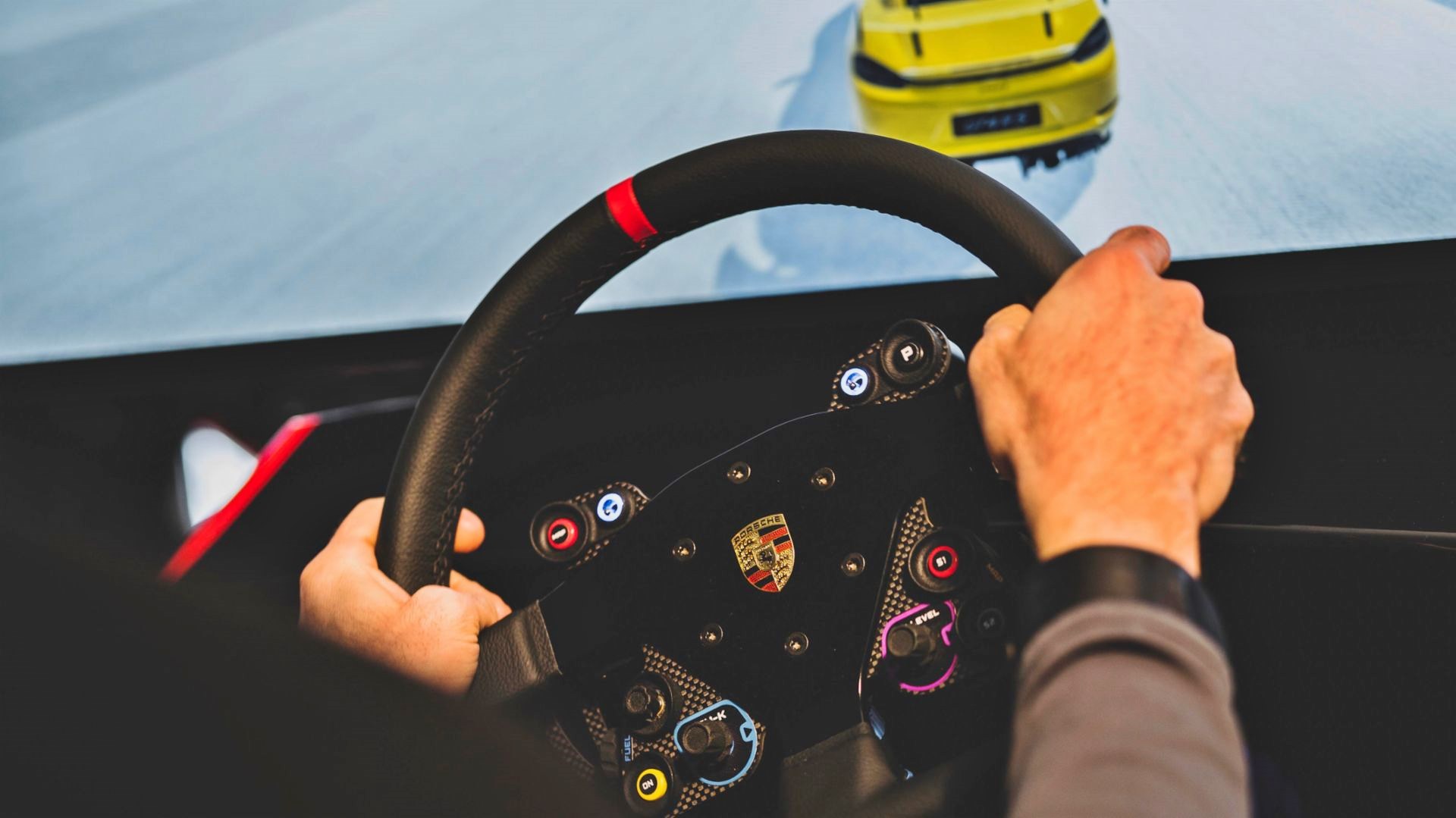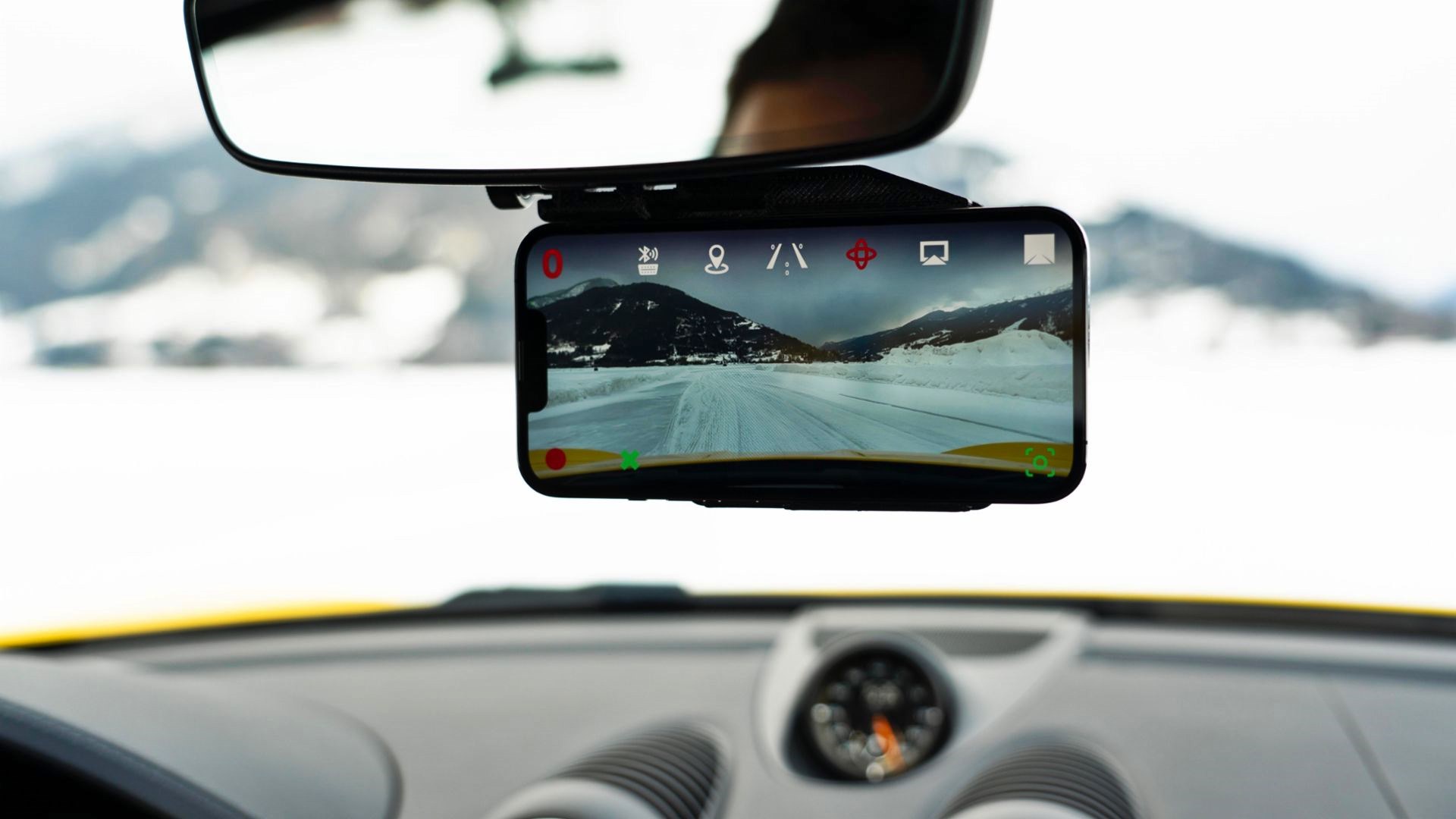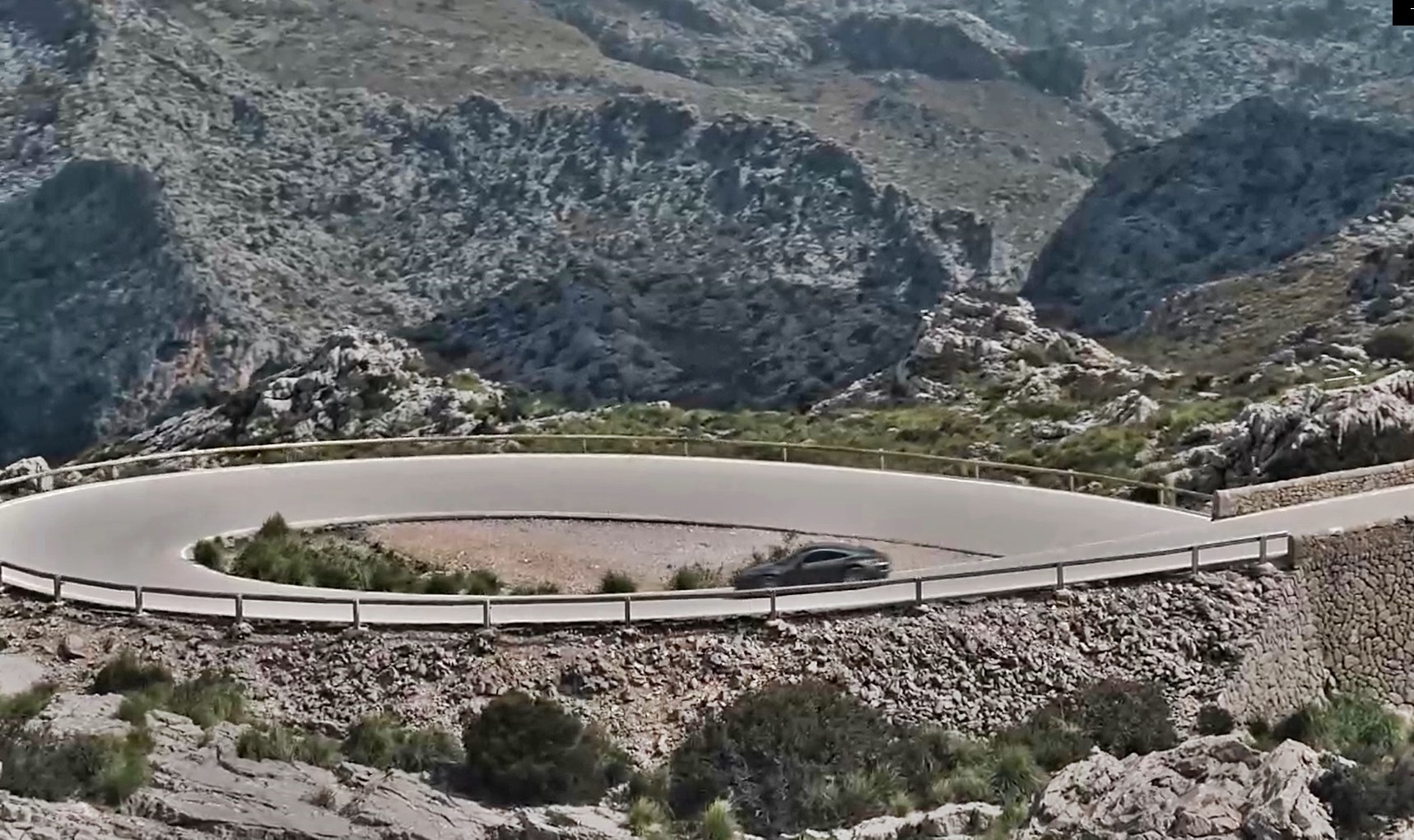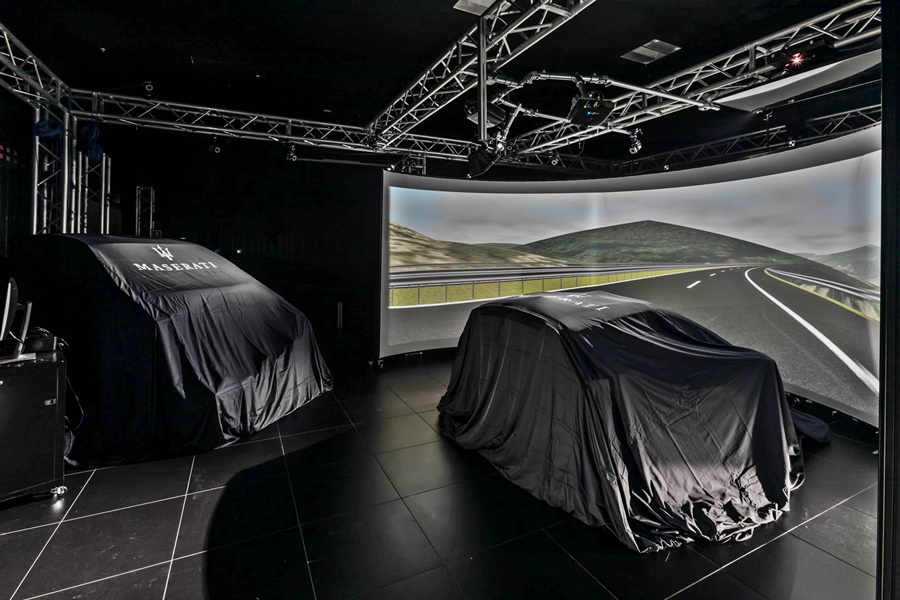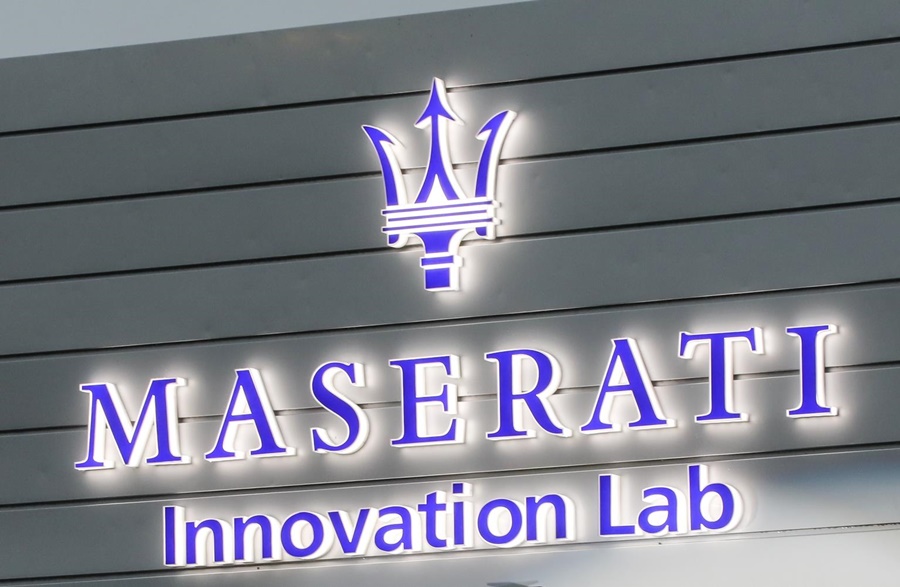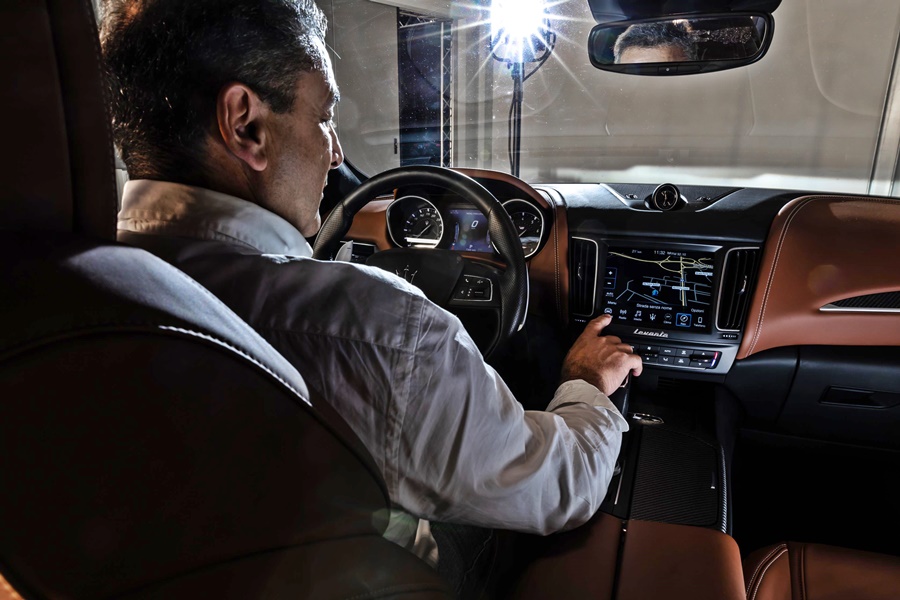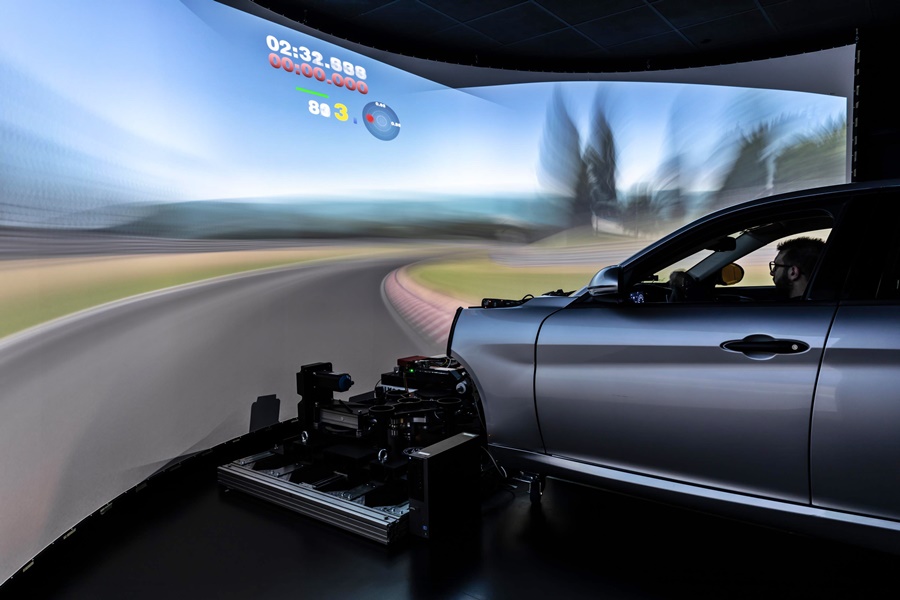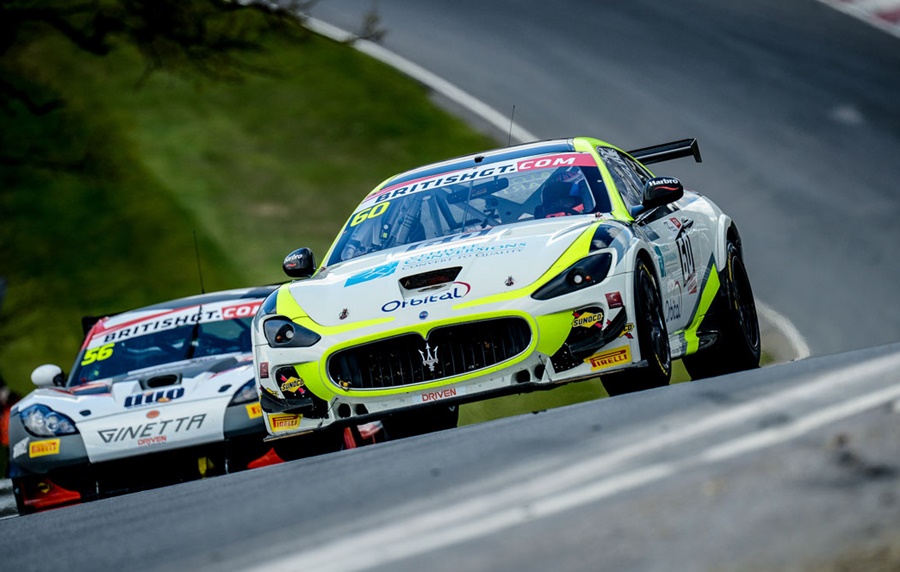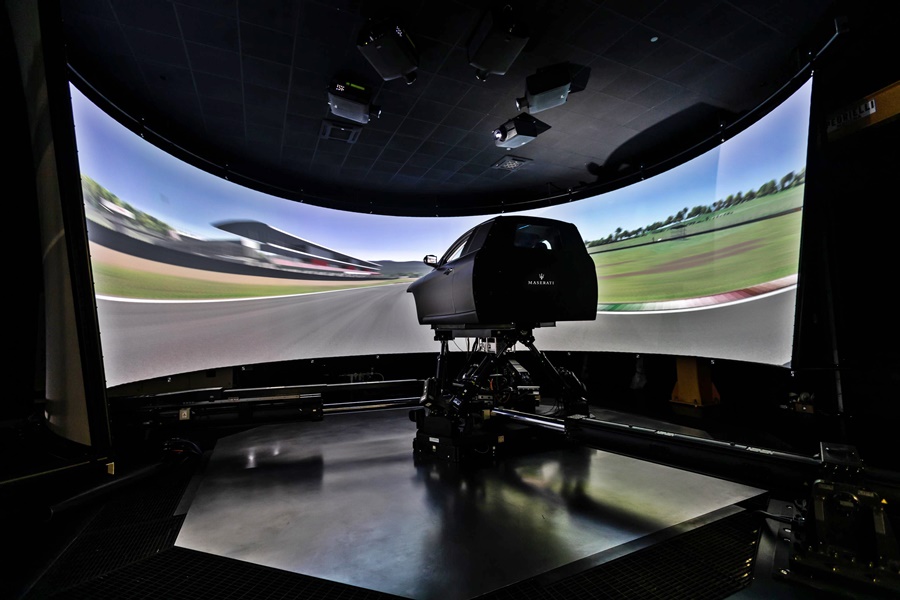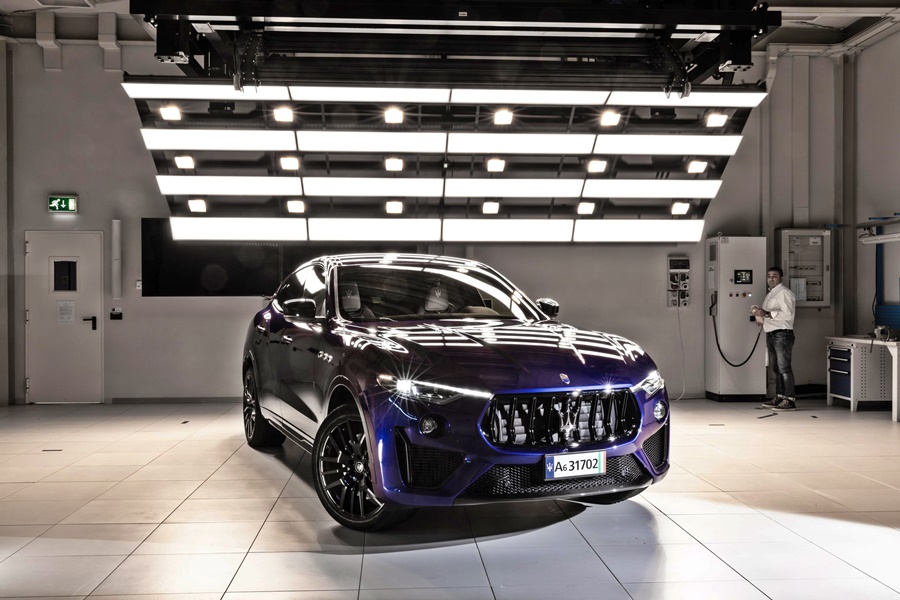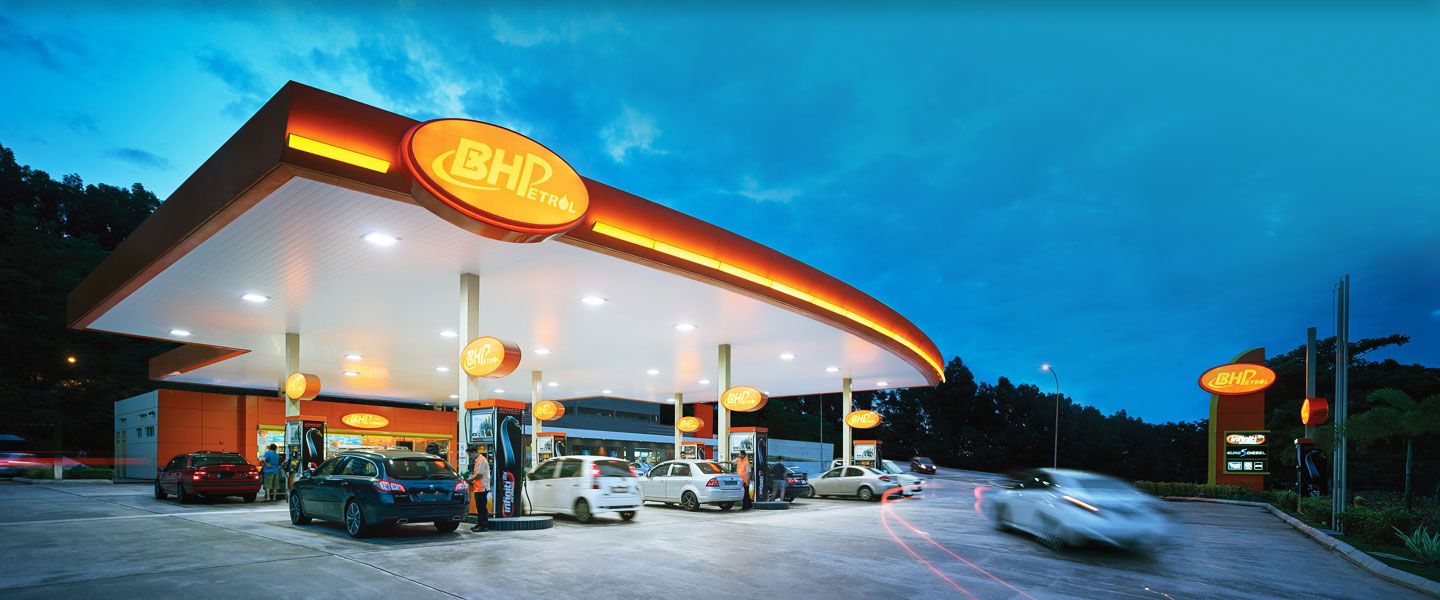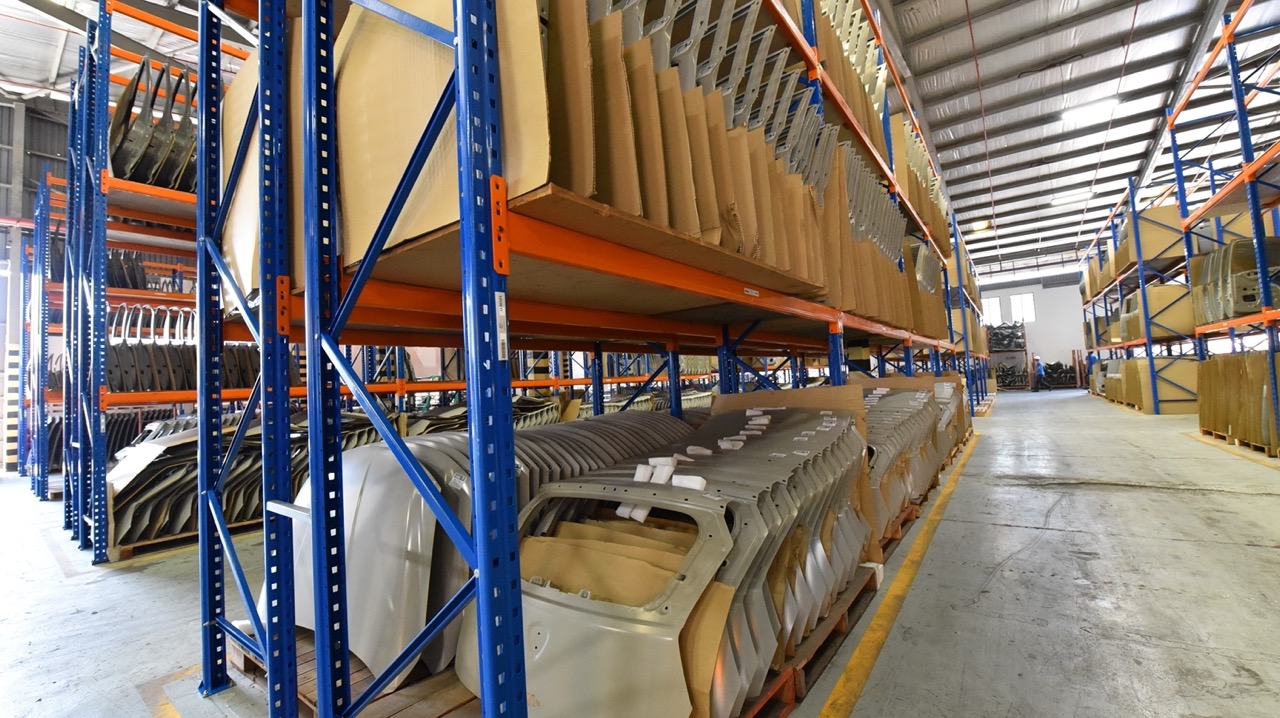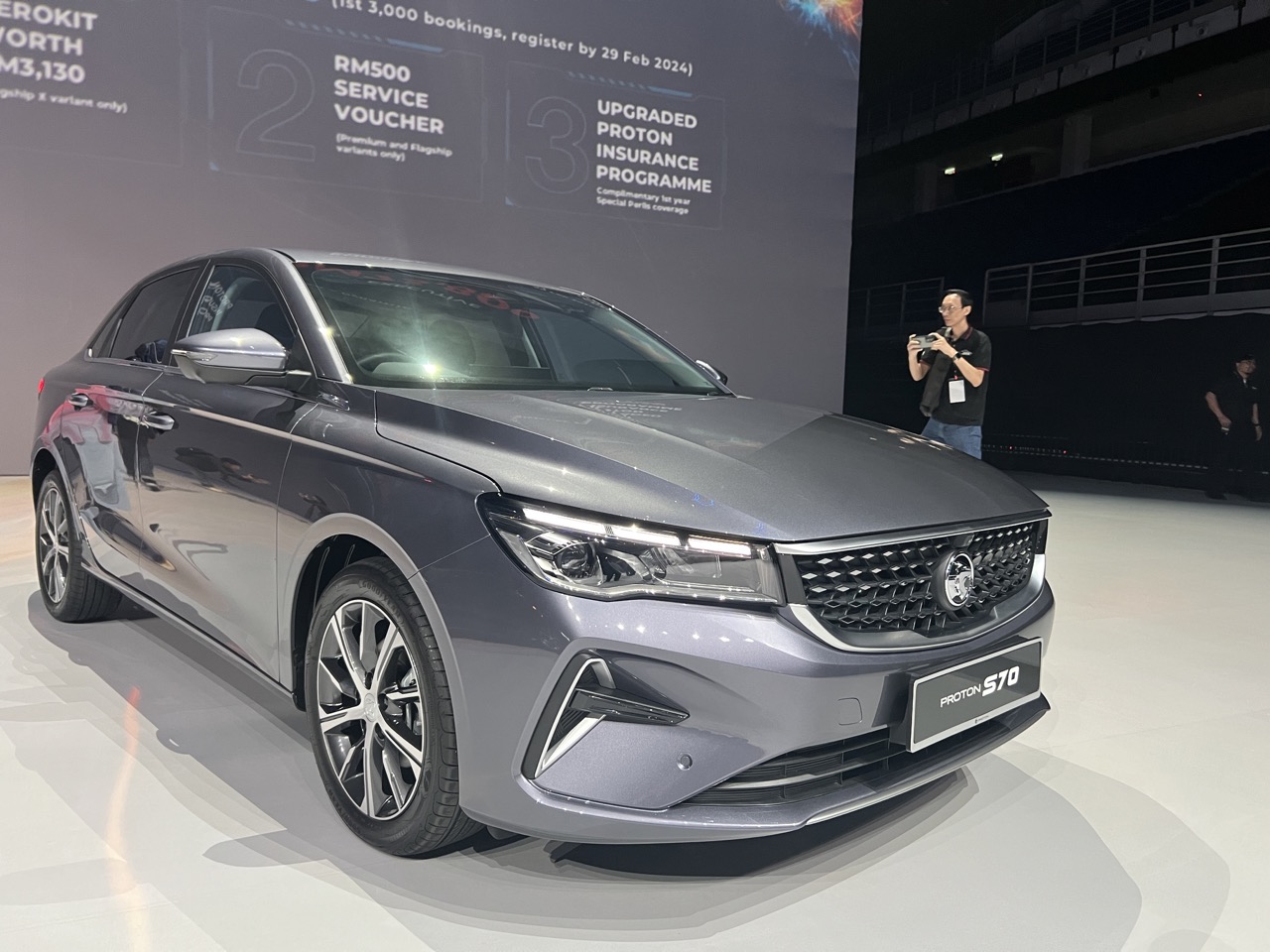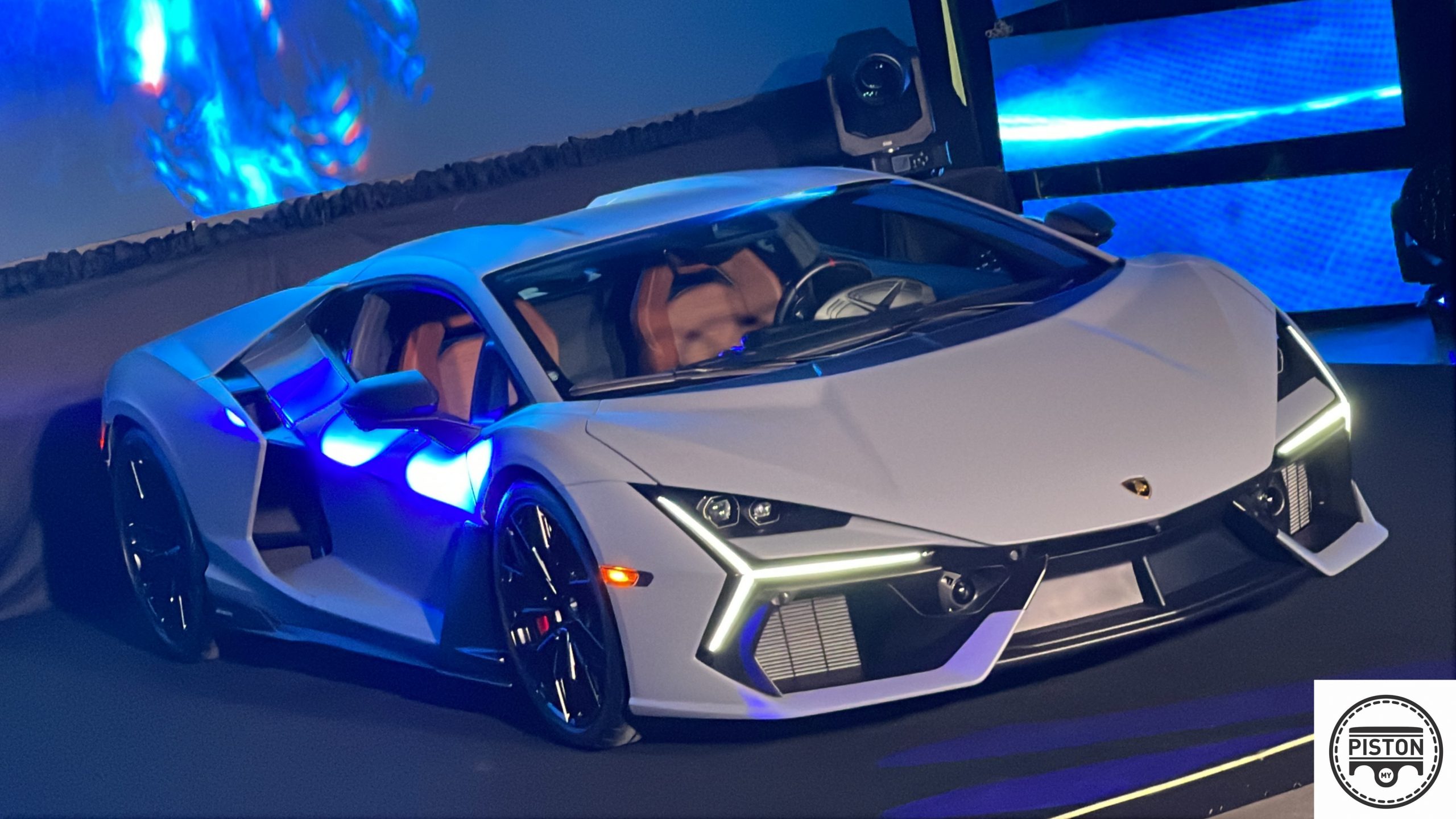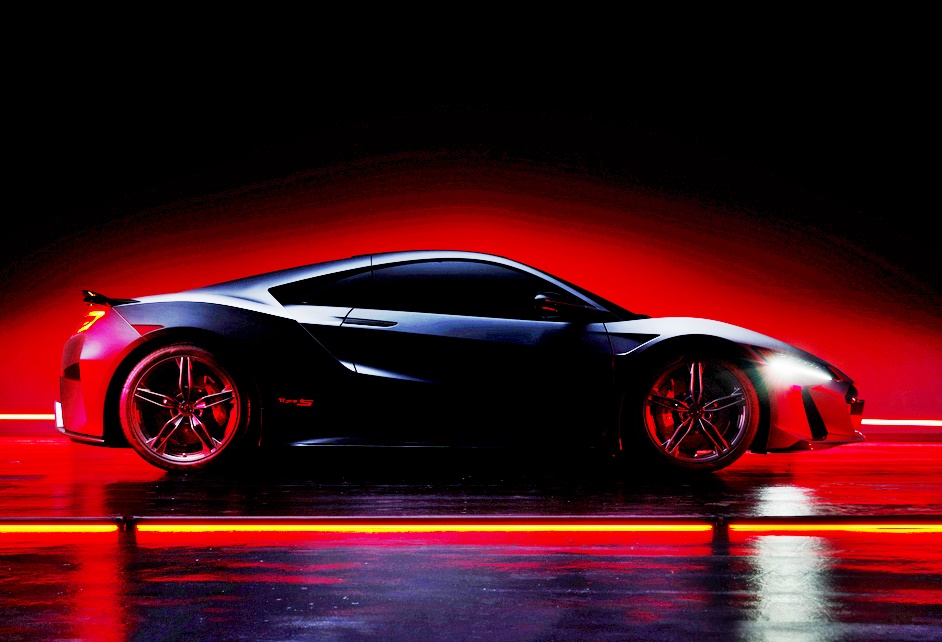Imagine telling your friend in America about driving along the scenic Temiang – Pantai Highway in Negeri Sembilan or the popular Ulu Yam road that leads to Genting Highlands on the Selangor/Pahang border. Then you send over a file which can be loaded onto their computer and they too can take a virtual drive along the same route as you did.
Until now, reproducing roads and racing circuits for computer games has required specialised software and skills and since the first ‘Test Drive’ simulator in the 1980s, the digital worlds on the screen have become more and more realistic. But they are still limited to whatever the game creator chooses, rather than the user.
Now Porsche is developing an innovative software solution in cooperation with Swiss start-up Way Ahead Technologies known as the Virtual Roads project which can make this a reality. The aim is to offer drivers the opportunity to quickly and easily record their favourite routes from real life and transfer them into a videogame.
Developing a new videogame can take months, if not years. For example, the tracks for racing simulators must be precisely scanned by experts using lasers before they can be digitalised. Porsche hopes to considerably accelerate this time-consuming process when Virtual Roads is ready to be launched.
In the future, the innovation project will allow drivers to record any route using a specific app on their smartphone which can be mounted behind the windscreen. The data can then be transferred automatically to the virtual world with software that converts the recordings of the road and surrounding area into a 3D environment. This process is expected to take less than 1% of the time (less than an hour) required by a conventional digitalisation process using lasers.
Driving the most beautiful roads virtually
“If you ask people what they think is the most beautiful road, everyone has their own, very personal route in mind. The characteristics of the topography are what make a route particularly attractive, regardless of whether it is a unique Alpine pass or a legendary coastal road,” said Robert Ader, Chief Marketing Officer at Porsche, whose department is responsible for the project. “We want to trigger these great memories with a much simpler digitalisation process that allows anyone to drive their favourite route virtually.”
The project is based on specialist software that uses technology such as artificial intelligence to capture a road and its surrounding features like dividers and trees. These characteristics are then reproduced as faithfully and quickly as possible in a digital 3D form. The programme, developed by Way Ahead Technologies, draws on an extensive graphics archive.
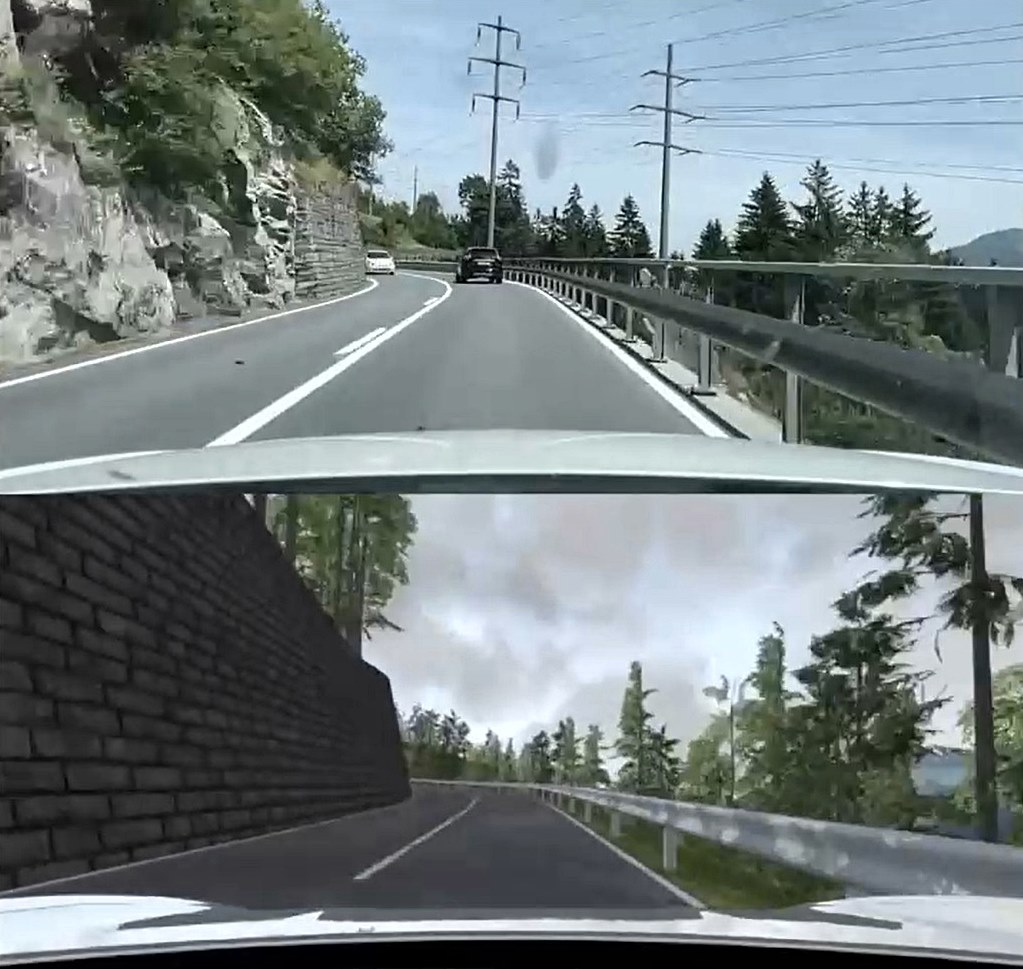
Data protection is an important element of the development process. The programme makes sure that other road-users are also ‘captured’ from real life and transferred into the virtual world. This is a similar type of measures as taken in Google Maps where vehicle numberplates, faces and anything with personal identification is obscured.
The virtual experience in a Porsche
The file for each unique route that is generated using the new application is currently compatible with a number of racing games including ‘Assetto Corsa‘, meaning that Porsche drivers and fans of the brand will have access to all the possibilities of the virtual world. The routes can be experienced again and again on any simulator equipped with the appropriate equipment or via a smartphone.
Drivers will be able to enjoy the trip along the beautiful mountain roads in Europe or as mentioned earlier, the drive along the Temiang-Pantai Highway – and so can their friends. The innovation project has another great advantage: even routes that are closed to the general public or only open on designated days can be experienced in a sportscar from Porsche and shared with others.
Racing games generally allow the user to choose any car for their virtual drive and the simulation is based on the power output and handling of the chosen vehicle. The characteristics of the route are also conveyed in the most realistic way possible. An appropriately equipped simulator mimics an uneven road surface with vibration, while drivers who approach a corner too fast will feel themselves slide off the road.
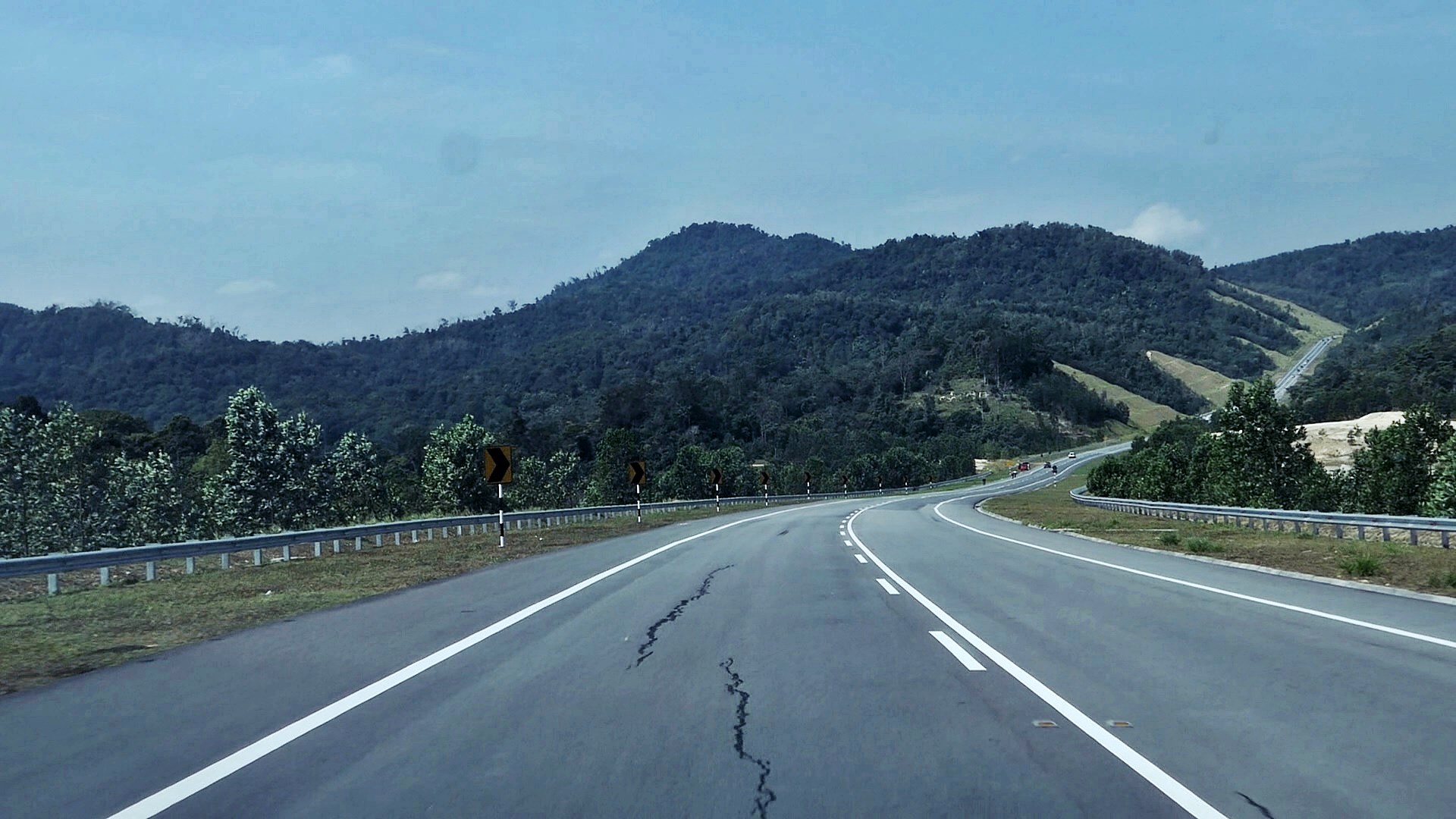
Ambitious drivers can use the simulations to tackle particularly demanding routes in a sportscar, improve their lap times and compete with others without any risk to their lives. And another thing: they can also go faster than the speed limits for the highway with getting caught by a speed camera! The technology can also be used for a wide range of other scenarios as well.
“After several years of development work, our software is now so advanced that it can digitalise routes for virtual roads of up to 8 kilometres long in less than an hour, depending on how complex the route is,” revealed Roger Rueegg from Way Ahead Technologies. “We’re also looking at other options and functions at the moment. For example, data from the sensors that measure lateral acceleration and chassis control could also be recorded and used in the future”.
Porsche Mission R concept sportscar cockpit can also be a standalone simulator



